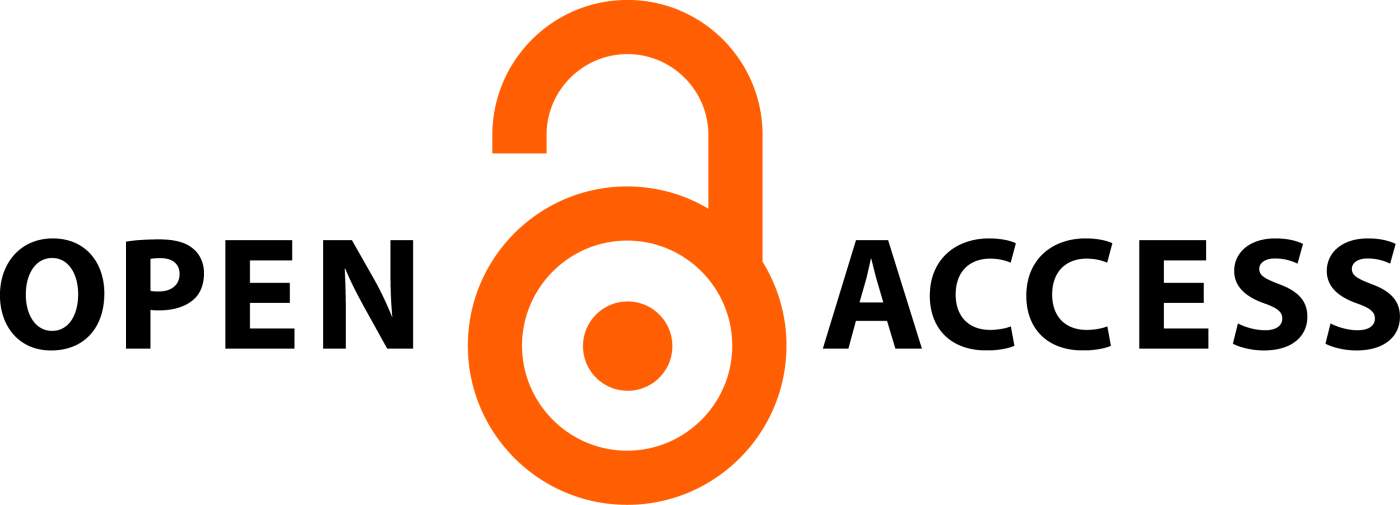UNRAVELING AUTISM: THE ENVIRONMENT'S ROLE IN THE PUZZLE
Abstract
Autism is a condition characterized by early-onset challenges in social interaction and communication, alongside inflexible and repetitive behaviors and interests, forming the basis for diagnosis. The disease typically begins to show or is diagnosed around the age of two. Early signs may include hyperactivity, lack of focus, and tantrums that can be alleviated by music. In adulthood, individuals with this condition often struggle to cope with the responsibilities of daily life, find it challenging to socialize, and may feel isolated and lacking in friendships. They may develop addictions or strong attachments to specific objects or routines.These symptoms align with the diagnostic criteria, which include qualitative impairments in social interaction and communication, along with restricted and repetitive interests and activities. It's crucial to recognize the non-social aspects of the condition, such as narrow interests, preference for routine, and heightened attention to detail
Downloads
All the articles published in JAPSR are distributed under a creative commons license (CC BY-NC-SA 4.0)
Under this license, you are free to:
- Share- copy and redistribute the material in any medium or format for any purpose, even commercially.
- Adapt- remix, transform, and build upon the material for any purpose, even commercially.
The licensor cannot revoke these freedoms as long as you follow the license terms.
- Attribution — You must give appropriate credit , provide a link to the license, and indicate if changes were made . You may do so in any reasonable manner, but not in any way that suggests the licensor endorses you or your use.
- NonCommercial — You may not use the material for commercial purposes .
- ShareAlike — If you remix, transform, or build upon the material, you must distribute your contributions under the same license as the original.
- No additional restrictions — You may not apply legal terms or technological measures that legally restrict others from doing anything the license permits.
Copyright policy
The journal allows the author(s) to hold the copyright of their work. That means the authors do not need to transfer the copyright of their work to the journal. However, the authors grant JAPSR a license to publish the article and identify itself as the original publisher.
Licensing policy
The journal allows the author(s) to hold the copyright of their work. That means the authors do not need to transfer the copyright of their work to the journal. However, the authors grant JAPSR a license to publish the article and identify itself as the original publisher.






